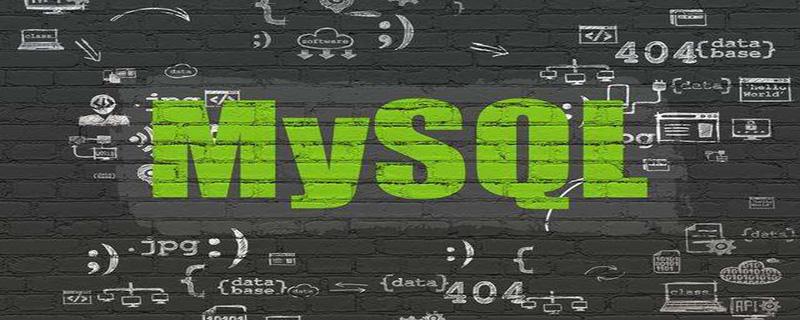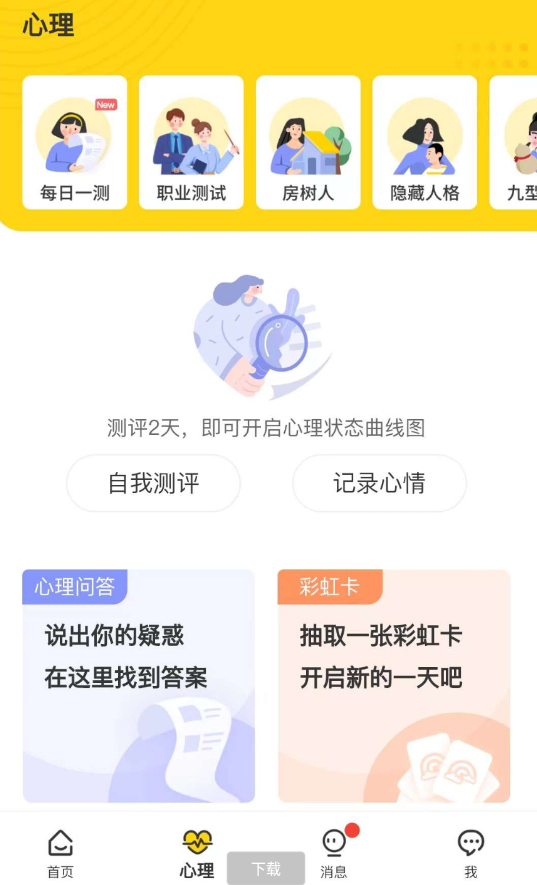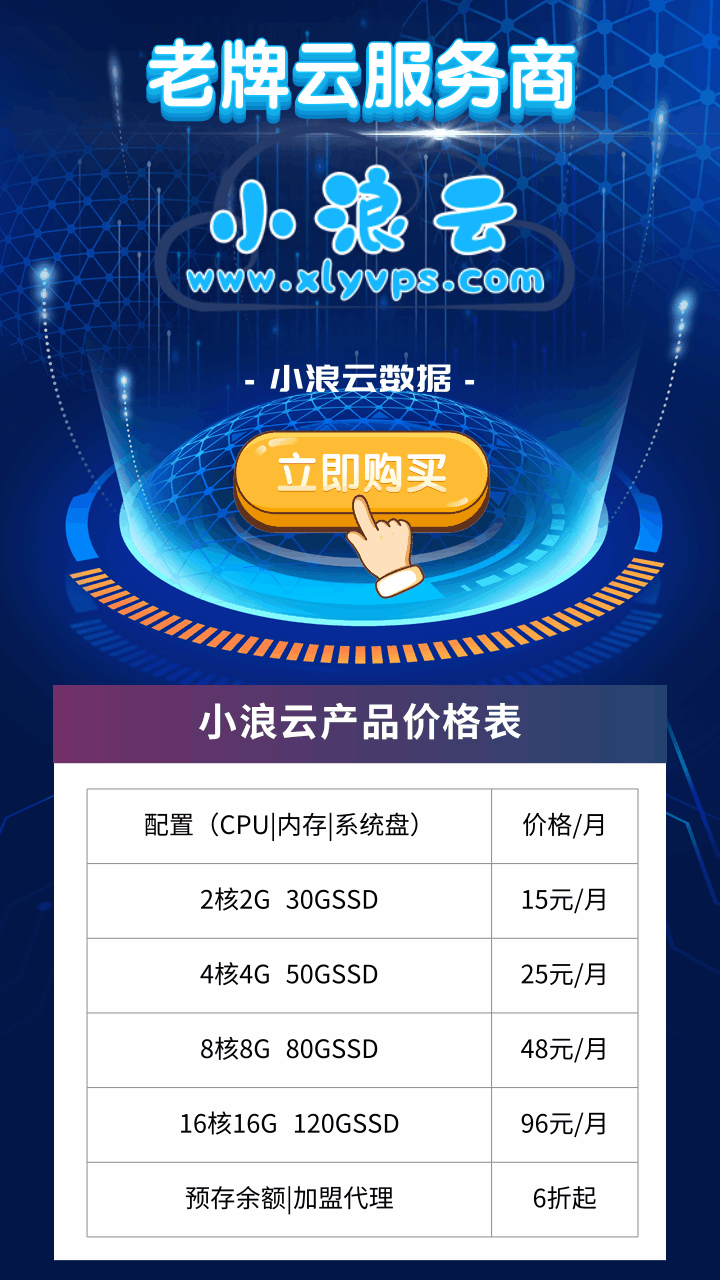
linux unzip命令用于解压缩zip文件,unzip为.zip压缩文件的解压缩程序。
语法
unzip [-cflptuvz][-agCjLMnoqsVX][-P ][.zip文件][文件][-d ][-x ] 或 unzip [-Z]
推荐:Linux自学视频
参数:
-c 将解压缩的结果显示到屏幕上,并对字符做适当的转换。
-f 更新现有的文件。
-l 显示压缩文件内所包含的文件。
-p 与-c参数类似,会将解压缩的结果显示到屏幕上,但不会执行任何的转换。
-t 检查压缩文件是否正确。
-u 与-f参数类似,但是除了更新现有的文件外,也会将压缩文件中的其他文件解压缩到目录中。
-v 执行是时显示详细的信息。
-z 仅显示压缩文件的备注文字。
-a 对文本文件进行必要的字符转换。
-b 不要对文本文件进行字符转换。
-C 压缩文件中的文件名称区分大小写。
-j 不处理压缩文件中原有的目录路径。
-L 将压缩文件中的全部文件名改为小写。
-M 将输出结果送到more程序处理。
-n 解压缩时不要覆盖原有的文件。
-o 不必先询问用户,unzip执行后覆盖原有文件。
-P 使用zip的密码选项。
-q 执行时不显示任何信息。
-s 将文件名中的空白字符转换为底线字符。
-V 保留VMS的文件版本信息。
-X 解压缩时同时回存文件原来的UID/GID。
[.zip文件] 指定.zip压缩文件。
[文件] 指定要处理.zip压缩文件中的哪些文件。
-d 指定文件解压缩后所要存储的目录。
-x 指定不要处理.zip压缩文件中的哪些文件。
-Z unzip -Z等于执行zipinfo指令。
PHP中文网,大量Linux自学视频教程,欢迎学习!
© 版权声明
文章版权归作者所有,未经允许请勿转载。
THE END
喜欢就支持一下吧














